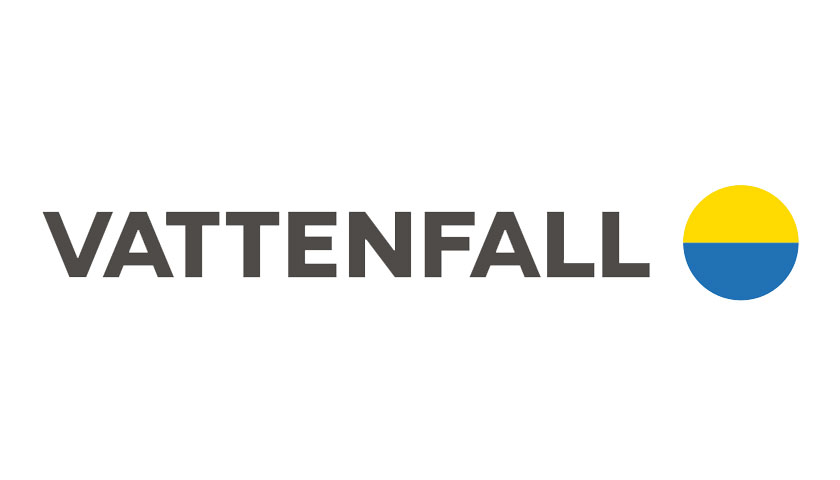Plastic in waste streams used for energy recovery is an unnecessary source of fossil carbon dioxide emissions. Three Swedish cities are now testing a new digital camera technology with the goal of making it profitable to improve waste sorting and increase recycling.
Waste incineration in state-of-art energy recovery plants is an important service to society. The recovered energy is then a fantastic source of energy for district heating. But if plastic waste is not first sorted out, that part is an unnecessary source of fossil CO2 emissions.
Until today, it has only been possible to analyse specific loads of waste by hand-picking and weighing the components. This is time consuming and costly and thus only used a few times per year. Instead, the average amount of fossil CO2 in flue gas from incineration is measured. This means it is next to impossible to investigate which waste streams the plastic originated from.
Now three energy companies, Vattenfall, Tekniska Verken in Linköping and Umeå Energi have taken the initiative for a smart and portable facility that can identify and measure the content of various plastics in waste before it is incinerated. The tool, called FossilEye, makes it possible to trace the source and thus find out which waste customers correctly are good at sorting out plastic. The technology has been developed in collaboration with the company RoboWaste.
Provides incentives for recycling
The goal is a system that makes it profitable to do the right thing from the very start by leaving the plastic where it should be – in the recycling bin. This serves to create incentives for those who are earlier in the waste supply chain to invest in increased recycling of plastic.
“It should be worthwhile to ensure that plastic does not go to incineration. Our long-term objective is for less plastic to end up in waste by providing waste incineration customers with an incentive and by being able to set requirements on the waste they collect, says Per Kallner,” R&D portfolio manager at Vattenfall Värme.
Vattenfall Värme operates a waste incineration plant in Uppsala, north of Stockholm. The plant forms an important part of the city’s district heating system, which provides 170,000 Uppsala residents with sustainable heat. Together with the other energy companies in Linköping and Umeå, Vattenfall Värme are testing FossilEye in the form of a mobile prototype over the next few months.
“FossilEye is based on a well proven technologies.Combined they provide a new method for scanning waste in heating plants,” says Henrik Lindståhl at Tekniska verken R&D. “The method is a further development of the technology used to identify materials in mechanical waste sorting combined with advanced image analyses. Using a digital eye in the form of a camera, the tool quickly determines what is plastic and what type of plastic it is – hence the name FossilEye.”
Fairer system
According to the energy companies, the fact that it will now be possible to track plastic waste will also contribute to making the waste management system more equitable. Under today’s regulations, anyone leaving plastic in their waste is not made to face responsibility for the carbon dioxide emissions that the plastic causes. That responsibility instead falls on the waste incineration plants, via the EU’s emissions trading system, and ultimately on the district heating customers’ bills.
“FossilEye is a welcome solution for all the combined heat and power plants that are currently paying for the carbon dioxide emissions that are caused by plastic in the waste submitted by large players. Our vision is for the use of FossilEye to become an accepted practice at facilities for energy extraction from waste both in Sweden and in other countries in Europe,” says Ulf Kullh, business developer at Umeå Energi.


